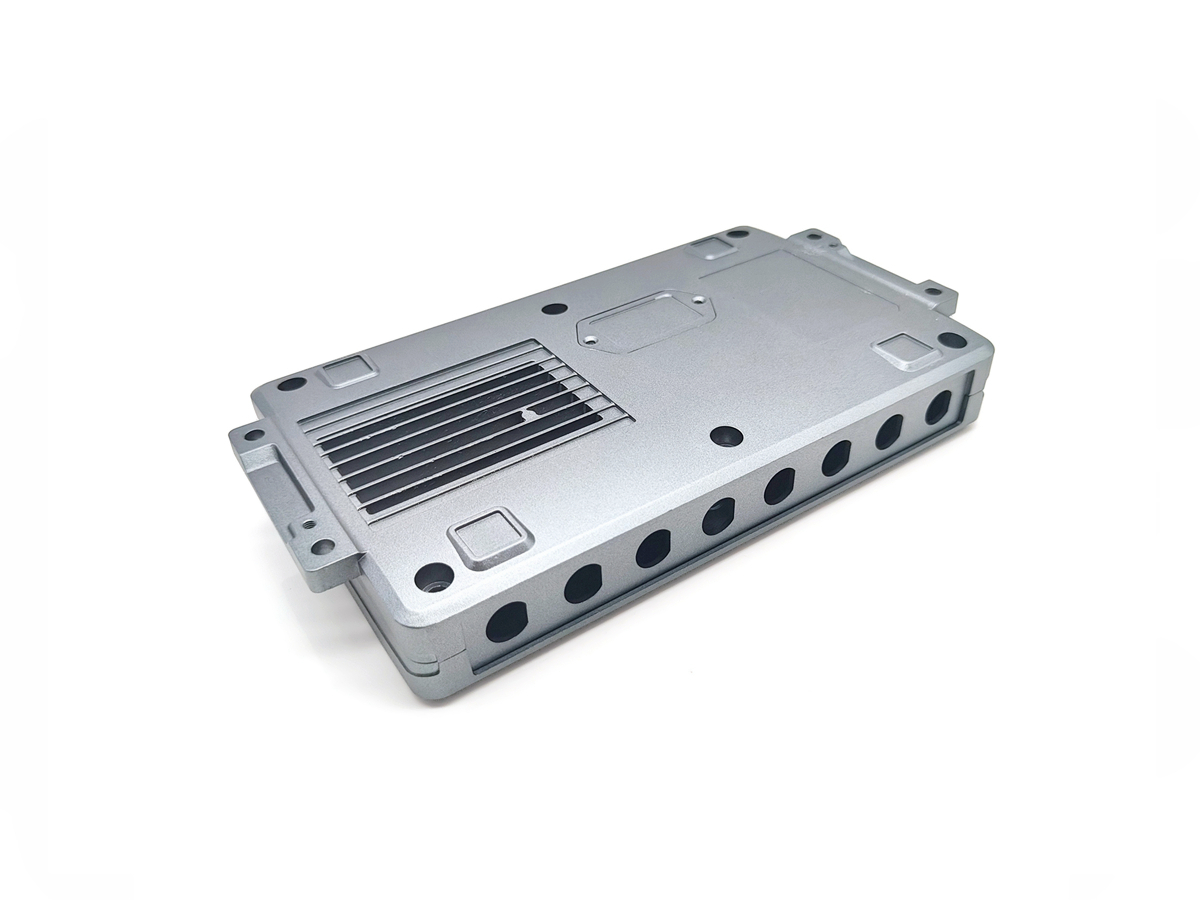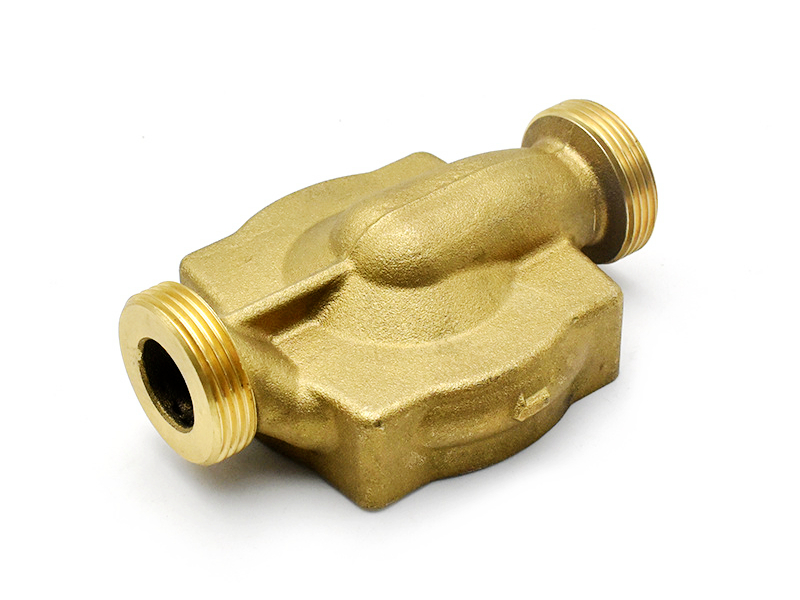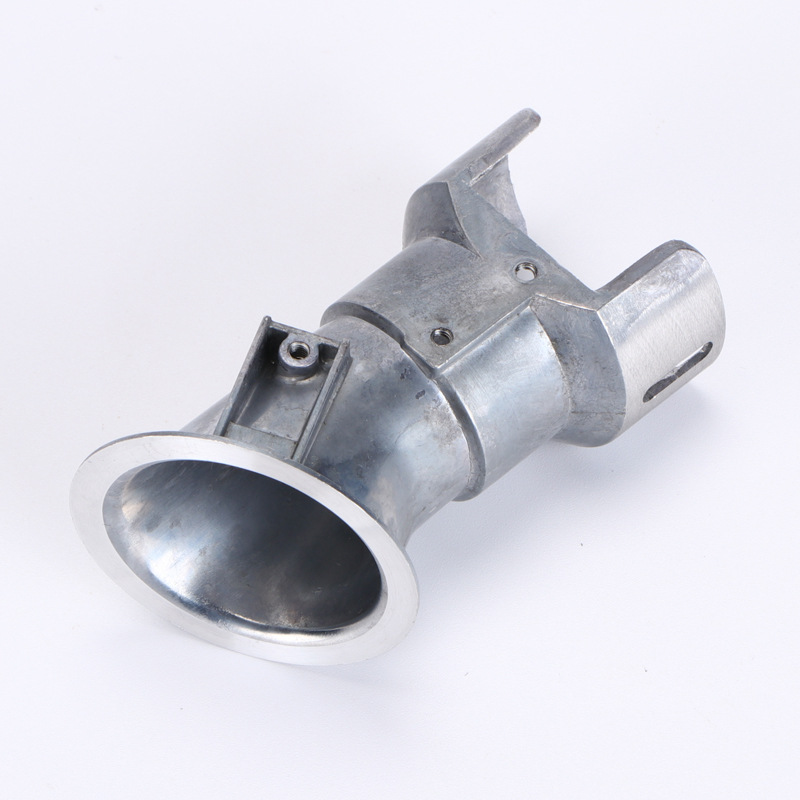CuNi10Fe1
Introduction to CuNi10Fe1 Copper Alloy
CuNi10Fe1, also known as CuNi10Fe1 (CuNi10Fe1) or Copper-Nickel-10% Iron, is a copper-based alloy that combines the excellent corrosion resistance of nickel with the strength and wear resistance of iron. This unique alloy is especially valued in industries requiring high strength and good thermal conductivity, making it ideal for die casting and tooling components exposed to high thermal and mechanical stress.
At Neway Die Casting, CuNi10Fe1 is utilized in high-performance die casting applications where enhanced strength, thermal management, and corrosion resistance are critical. The alloy's excellent resistance to seawater, high wear resistance, and high thermal stability make it suitable for demanding tooling and casting components.
CuNi10Fe1 Copper Alloy Chemical Composition (Typical)
Element | Weight % | Function |
|---|---|---|
Copper (Cu) | Balance | Base material, excellent thermal and electrical conductivity |
Nickel (Ni) | 10 | Provides strength, corrosion resistance, and thermal stability |
Iron (Fe) | 0.8–1.5 | Improves strength, wear resistance, and fatigue resistance |
Manganese (Mn) | ≤ 0.5 | Enhances toughness and grain refinement |
Silicon (Si) | ≤ 0.3 | Improves casting properties and strength |
This copper alloy's composition provides an optimal mechanical strength and corrosion resistance balance, particularly in applications exposed to high pressures, temperatures, and corrosive environments.
Physical Properties of CuNi10Fe1 Copper Alloy
Property | Value & Unit |
|---|---|
Density | 8.9 g/cm³ |
Thermal Conductivity | 45–55 W/m·K |
Electrical Conductivity | 40–45 % IACS |
Coefficient of Thermal Expansion | 17.5 µm/m·°C |
Melting Point | ~1080–1150 °C |
Specific Heat Capacity | ~380 J/kg·K |
The alloy’s relatively high thermal conductivity ensures effective heat dissipation in die casting and tooling applications, while its high strength allows it to maintain its form under intense mechanical and thermal stress.
Mechanical Properties of CuNi10Fe1 Copper Alloy (Annealed Condition)
Property | Typical Value & Unit |
|---|---|
Tensile Strength | 500–650 MPa |
Yield Strength | 400–550 MPa |
Hardness | 85–95 HB |
Elongation | 20–30 % |
Modulus of Elasticity | ~110 GPa |
These mechanical properties provide CuNi10Fe1 with the necessary toughness, strength, and ductility for die casting molds and tooling applications where durability and precision are paramount.
Die Casting Applications for CuNi10Fe1 Copper Alloy
CuNi10Fe1 is primarily used in die casting and tooling applications requiring high strength and excellent corrosion resistance. Key applications include:
1. Core Pins and Gate Inserts
CuNi10Fe1 is used to manufacture core pins and gate inserts, which are exposed to high thermal and mechanical stress during die casting operations. The high conductivity of CuNi10Fe1 allows for rapid mold cooling, reducing cycle times and improving efficiency.
2. Ejector Pins and Sliders
Ejector pins and sliders made from CuNi10Fe1 offer high resistance to wear and corrosion, making them ideal for high-cycle die casting molds. These components benefit from the alloy’s strength, allowing them to withstand repetitive motion and pressure during casting.
3. Die Casting Molds and Components
CuNi10Fe1 is used in die casting molds for aluminum, zinc, and magnesium alloys, where high thermal conductivity, strength, and corrosion resistance are critical. Its performance in high-pressure environments makes it an excellent choice for molds with complex geometries and tight tolerances.
4. Marine and Aerospace Components
Due to its excellent corrosion resistance, CuNi10Fe1 is also used in marine applications for components like seawater pump parts, valves, and other tooling exposed to harsh environments. It is also used in aerospace tooling where high strength and corrosion resistance are essential.
Common Applications
CuNi10Fe1 is used in a variety of industries due to its optimal combination of strength, wear resistance, and corrosion resistance:
Die Casting: Gate inserts, core pins, cavity inserts, and ejector pins for aluminum, zinc, and magnesium die casting molds
Marine: Components exposed to seawater such as pumps, valves, and fittings
Electrical: High-performance connectors, terminals, and contact points requiring both electrical conductivity and mechanical strength
Aerospace: Engine components, turbochargers, and high-performance tooling
Automotive: Precision components that require both high strength and excellent heat dissipation, such as castings for exhaust systems, turbochargers, and intake manifolds
Machining and Processing CuNi10Fe1
CuNi10Fe1 is relatively easy to machine compared to other high-strength copper alloys but still requires the use of carbide tooling for precise cutting and shaping:
Cutting Tools: Carbide tools or high-speed steel are recommended for precision machining of CuNi10Fe1, especially during milling and turning operations.
Cooling: Adequate cooling is necessary to maintain machining quality and avoid overheating, especially when machining thicker sections.
Surface Finish: CuNi10Fe1 can be polished to a smooth finish, making it suitable for molds that require fine surface finishes.
At Neway Die Casting, we use CNC machining, EDM, and grinding to produce high-precision components from CuNi10Fe1 for demanding applications.
Surface Treatment Compatibility
CuNi10Fe1 is compatible with a variety of surface treatments to further enhance its performance in high-stress environments:
Electroplating: CuNi10Fe1 can be plated with nickel or chromium to improve corrosion resistance, particularly in marine applications.
PVD Coatings: Titanium nitride (TiN) or other coatings can be applied to improve surface hardness and wear resistance in high-pressure die casting applications.
Nitriding: Increases surface hardness and wear resistance without affecting the core properties of the alloy.
These treatments extend the life of tooling and help ensure consistent performance in high-cycle, high-pressure die casting environments.
FAQs
How does CuNi10Fe1 compare to CuNi2SiCr regarding mechanical strength and corrosion resistance?
Can CuNi10Fe1 be used for both die casting and plastic injection molding applications?
What is the maximum operating temperature for CuNi10Fe1 in die casting molds?
How does CuNi10Fe1 perform in marine environments compared to other alloys?
Can CuNi10Fe1 be machined using standard CNC techniques?



